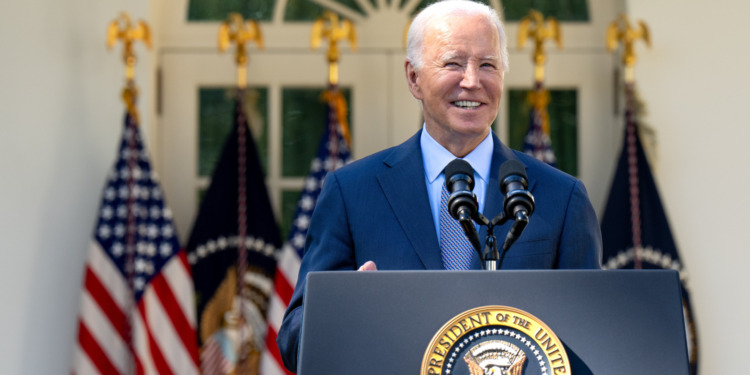The US Department of Energy (DOE) has announced this week that up to $530 million in technical assistance grants will be made available for the “adoption and implementation of the latest model energy codes, zero energy codes, building performance standards, and innovative codes that achieve equivalent energy savings to the latest model and zero energy codes.”
The initiative, part of US President Joe Biden’s Investing in America agenda, will be administered through the DOE’s Office of State and Community Energy Programs (SCEP). It will be funded by the Inflation Reduction Act, which, as the DOE reminds us, represents the “largest climate investment in history.”
Remarkably, the IRA earmarks $1 billion for rejuvenating the nation’s building inventory through progressive state and local actions on building codes. The overarching goal? To curtail energy expenditures for Americans while making structures more impervious to extreme climatic events.
In the press release announcing the funding opportunity, the DOE stresses that homes constructed adhering to today’s energy codes are almost 40% more efficient than homes built just a decade and a half ago, with “dramatically” lower energy costs for consumers.
Extrapolating this, if all states in America transitioned to these latest energy codes, the US would save enough energy to power all households in the country for an entire year. The shift would also translate to a reduction of almost 2 billion metric tons of CO2 over three decades — a feat akin to sidelining over 445 million gas-powered cars.
The funding, the DOE explains, is open to “states, territories and units of local government that have the authority to adopt building code.” It broadens the list of eligible grantees to include specific communities and expands the scope of qualifying activities to include unique rules and innovative techniques for enforcing the code, like building performance standards.
Related Articles: US Awards $890 Million to 3 Carbon Capture Projects | Climate Transition Funds in America Hit Record Growth | Investing in America: US Allocates $2 Billion for Cleaner Construction Projects
These funding streams enable eligible grantees to pursue a pathway that suits their state and local context because they are made to be flexible in response to the wide range of jurisdictional situations.
With these funds, states and localities can “coordinate to develop a workforce with skills of the latest building technologies, including how to properly install and operate to deliver affordable, healthy buildings” — which is also an opportunity to create new jobs.
US Energy Secretary Jennifer Granholm encapsulated the essence of this endeavor, asserting that a sustainable urban and neighborhood future mandates a comprehensive strategy:
“Shaping a clean energy future for cities and neighborhoods requires a whole system approach that includes modernizing the building stock to use less energy and be more resilient in the face of increasing natural disasters. Thanks to President Biden’s Investing in America agenda, we’re supporting states and local governments as they adopt and implement proven solutions that will save consumers money, reduce climate pollution, and build a place-based workforce of well-paid, in-demand jobs for local community members.”
For states and territories eager to embark on this green journey, the window is now open. Eligible entities can submit preliminary concept papers by February 9, 2024, paving the way for comprehensive applications by April 30, 2024.
Editor’s Note: The opinions expressed here by the authors are their own, not those of Impakter.com — In the Featured Photo: President Joe Biden announces new efforts by his Administration to crack down on junk fees, Wednesday, October 11, 2023, the White House Rose Garden. Featured Photo Credit: Official White House Photo by Oliver Contreras.










